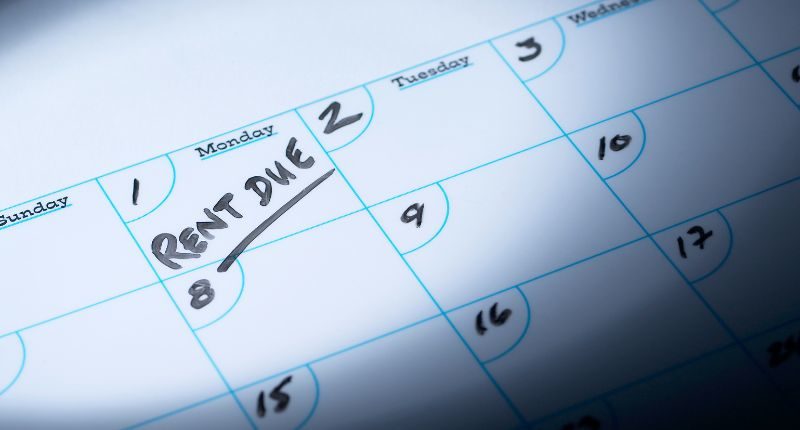
- AHURI has released a briefing paper which details three ways the rental crisis could be alleviated
- Population growth and short-term rental market among the contributing factors to the worsening state of Australia's rental market
- AHURI calls for changes to CRA and for more affordable, well-located houses to be built
Australian renters are battling one of the lowest sustained vacancy rates seen in 20 years, with rising rents only adding to the pressure.
In September this year, the national rental vacancy rate fell to just 01% for the first time since April 2006, when this figure hovered at 0.8% for a month, according to SQM Research.
National
To make matters worse, short supply has driven the national combined rent up to an all-time high of $542 per week in November.
The Australian Housing and Urban Research Institute (AHURI) has recently released a briefing paper that addresses the causes and suggests solutions the government could implement to combat the crisis.
Factors contributing to the rental crisis
The cause of Australia’s deepening rental crisis cannot be defined as a singular factor, but rather as a combination of several.
Population growth is central to the issue, with the number of new homes built simply not keeping pace with the number of new households formed.
Population change can be attributed to both internal migration and the reopening of international borders.
Rural and regional areas in particular have been impacted by population growth and have seen an influx of new residents looking to escape the city lifestyle.
The impact of the short-term rental market is not to be overlooked either. The rise of platforms such as Airbnb may have an impact on vacancy rates across the board, but certainly affect tourism-rich areas both regionally and coastally.
3 ways to tackle the rental crisis
1. Build suitable housing in the right places
While building more housing seems like the most obvious answer, there are conditions to making this solution effective.
Affordability and location are at the heart of the solution.
“At its simplest, to reduce the rental crisis Australia needs to build more well-located rental dwellings that are affordable to people on low incomes.”
AHURI, Rental crisis briefing paper
Currently, rental housing that is both affordable for low-income households and near major employment areas is becoming increasingly hard to find.
2. Effective distribution of rental assistance
According to AHURI, over a third of recipients of Commonwealth Rent Assistance (CRA) are currently still in housing stress as the value of CRA has not kept up with rising rents.
In order for the program to help low-income renters meet housing costs in the current climate, AHURI proposes reforms to CRA.
“Targeting the eligibility rules to those who fully need it could cut the numbers of CRA recipients who are in housing stress by 44%. At the same time, it would generate an annual cost saving of $1.2 billion,” the report reads.
3. Increase supply of land and homes where they are needed
While affordable housing in major cities is important, it would be a mistake to overlook rural and regional areas where available rental housing is tight.
“Although land might be a lot cheaper than in major cities there can be constraints: land zoned for agriculture is not able to be built on; and there are higher costs in building in the regions due to shortages of specialised labour, extra costs to bring in building materials, requirements to build to expensive standards in bushfire prone areas, difficulty obtaining bank loans in economically restricted areas, and higher costs of housing insurance in areas at risk of fire and flood.”
AHURI suggests increasing CRA for tenants in rural and regional areas to be able to meet rent payments, which may stimulate an increase in affordable rental housing.







